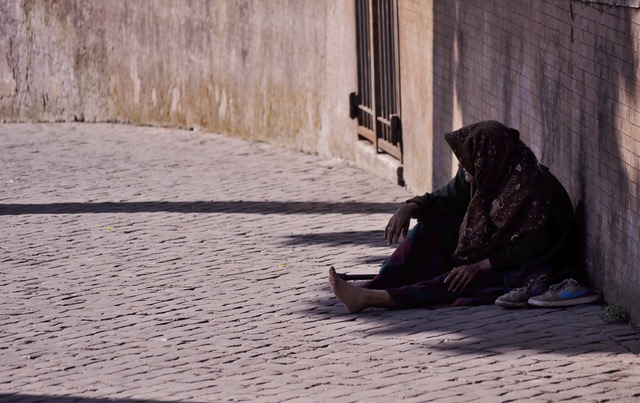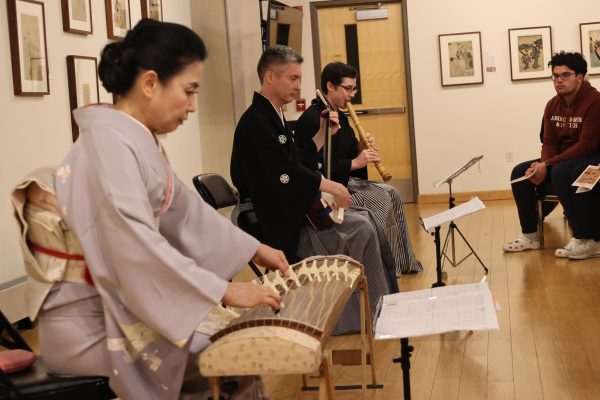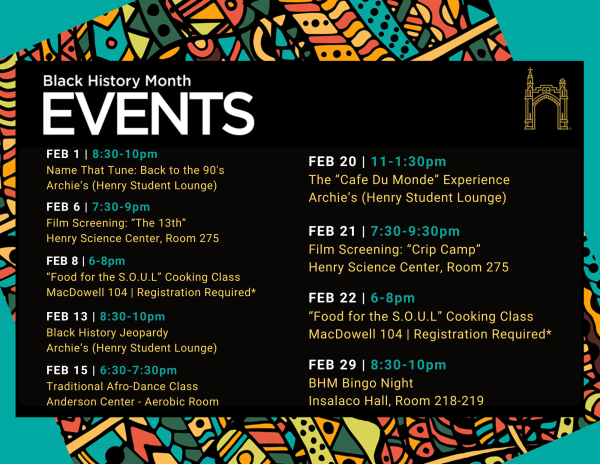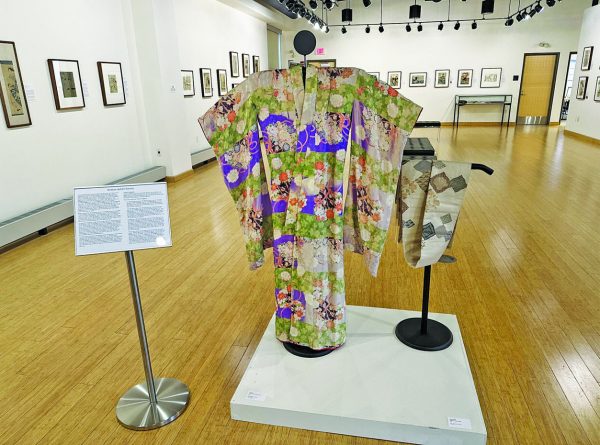Homelessness Sleep Out
December 12, 2016
Students living on campus are guaranteed food, water, and a place to sleep, but the same cannot be said for many people throughout the U.S. and the world, so faculty, students and staff tried to send the message home at the “Homelessness Sleep Out” Nov. 14.
Sean Farry, Campus Minister, said the sleep out was part of the Hunger and Homelessness Awareness Week, which is dedicated to educating people about food insecurity and homelessness.
“There’s a lot of misconceptions and myths around the topics of hunger and homelessness, so there is a lot of educating that needs to be done,” said Farry.
Farry believes that the sleep out will impact passersby and those who participated.
“ A big thing about being homeless is that you feel invisible and alone and that people don’t care about you,” said Farry.
Participants Blyssalyn Bieber, a junior biology major, and Jessica Wood, a junior nursing major, said they experienced what it was like to be ignored due to their appearance and position.
“I don’t think people are comfortable with addressing the idea of homelessness, and I think it needs to be brought to attention. We’ve been getting a lot of smirks and people don’t really want to look at us. There have been a handful of positive reactions but a lot of ignoring,” said Bieber.
Wood say people saw them but did not want them to know.
“For example, there have been three girls who have stared at me from the doors of Insalaco. Many people won’t look you in the eyes and just keep walking. However, there were probably about three people who did say hello and acknowledged us and smiled,” said Wood.
Campus ministry members also tried to spread knowledge via brown cardboard signs that they placed throughout campus. One read, “In January 2015, 564,708 people were homeless on a given night,” and another said, “Nearly one-quarter of all homeless people were children, under the age of 18.”
A sign directly in front of Insalaco stated, “There were 36,907 unaccompanied youth on a single night in 2015.”
Still, it was the sleep out that campus ministry hoped would make a big impact, and some students did take notice.
Lindsey Jordan, a first year speech language pathology grad student, said it was surreal to see the signs up close and personally.
I admire the people who took the time out of the day to do it, and I believe this helped cause a lot of awareness and get their message across,” said Jordan.
Senior physical therapy major Michael Trygar knew everyone who participated, so it was hard for him to connect with the idea that they were forgotten people.
“It was hard for me to picture them as being actually homeless, but it was a great concept. I hope that their goal was reached,” said Trygar.
“They looked cold, and I can imagine it’s worse for people who are actually homeless,” said Mikayla Girard, a freshman medical imaging major who also knew it was an act, but said he understood the deep meaning behind the sleep out.
At first, Craig Winder, a sophomore business administration major, wasn’t sure if the participants were truly homeless, but he said the sight of them reminded him of his hometown.
“I was confused about whether this was real or not, then again it made me think about my hometown and how things can be there. It’s reality,” said Winder.
Katherine Totino, Foundation Relations Manager, said the fight against hunger and homelessness starts closer than we may think.
“I think homelessness is real in our community. We don’t see a whole lot of it here, but that doesn’t mean it doesn’t exist, so this is a good reminder that it is here and we need to do something about it,” said Totino.







